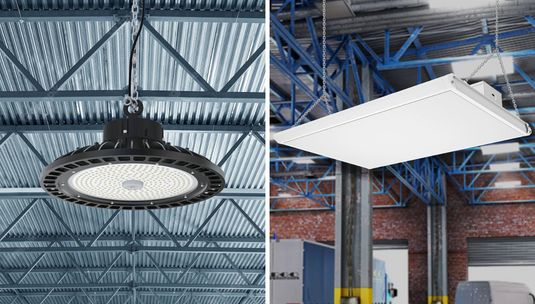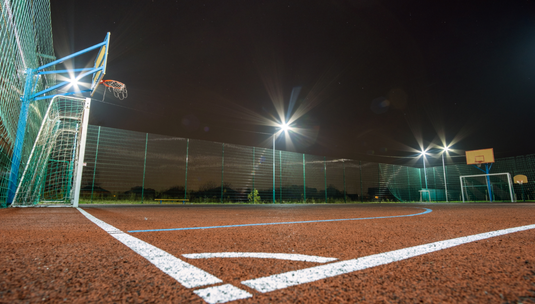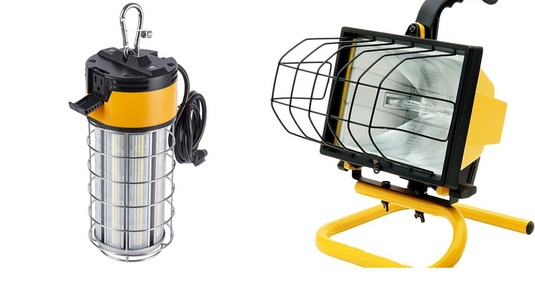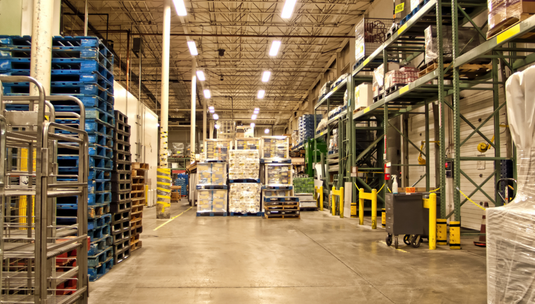Lighting is an essential aspect of any space, whether it's a home, office, or outdoor environment. Understanding the terminology associated with lighting can help you make informed decisions when designing or renovating your space. From different types of light bulbs to understanding color temperature and lumens, this guide will walk you through the basics of lighting terms.
|
1. Introduction to Lighting Terms
Before delving into specific terms, it's important to understand the role lighting plays in our lives. Beyond providing illumination, lighting affects mood, productivity, and even health. By familiarizing yourself with common lighting terms, you can create environments that are both functional and visually appealing.
2. Understanding Light Bulb Types
Incandescent Bulbs
Once the standard choice for household lighting, incandescent bulbs produce light by heating a filament wire until it glows. While they are inexpensive, they are less energy-efficient and have a shorter lifespan compared to newer alternatives.
Fluorescent Bulbs
Fluorescent bulbs utilize a different mechanism to produce light, using electricity to excite mercury vapor and produce ultraviolet light, which then interacts with a phosphor coating to create visible light. They are more energy-efficient than incandescent bulbs but may have issues with flickering and contain small amounts of mercury.
LED Bulbs
LED (Light Emitting Diode) bulbs are rapidly becoming the go-to choice for lighting due to their energy efficiency, longevity, and versatility. LEDs produce light through the movement of electrons in a semiconductor material, offering superior energy savings and durability compared to traditional bulbs.

3. Color Temperature Explained
Color temperature refers to the warmth or coolness of light, measured in Kelvin (K). Lower Kelvin temperatures (around 2700K) produce warm, yellowish light similar to incandescent bulbs, while higher Kelvin temperatures (5000K and above) emit cooler, bluish light resembling daylight.
4. Lumens vs. Watts: What's the Difference?
While watts measure the amount of energy consumed by a bulb, lumens indicate the brightness or light output. With the shift towards energy-efficient lighting, understanding lumens is crucial for selecting bulbs that provide adequate illumination while minimizing energy consumption.
5. Light Fixture Styles and Designs
Chandeliers
Chandeliers are decorative lighting fixtures that typically feature multiple arms with light bulbs attached. They add a touch of elegance and sophistication to dining rooms, entryways, or living spaces.
Pendants
Pendant lights hang from the ceiling and are often used to illuminate kitchen islands, dining tables, or countertops. They come in a variety of styles, shapes, and materials, making them versatile options for both task and decorative lighting.
Sconces
Sconces are wall-mounted fixtures that provide ambient or accent lighting. They can be used to highlight artwork, flank mirrors, or illuminate hallways, adding visual interest and depth to any space.
6. Dimmers and Dimmable Lighting
Dimmers allow you to adjust the brightness of your lighting fixtures, providing flexibility and control over the ambiance of a room. Dimmable LED bulbs offer even greater versatility, allowing you to customize the lighting to suit various activities and moods.
7. Lighting Layers: Ambient, Task, and Accent Lighting
Effective lighting design often involves layering different types of lighting to create depth and visual interest. Ambient lighting provides overall illumination, task lighting focuses on specific activities, and accent lighting highlights architectural features or decor.
8. Lighting Controls and Automation
Advancements in lighting technology have led to the development of smart lighting systems that offer remote control, scheduling, and integration with other smart devices. These systems enhance convenience, energy efficiency, and security, allowing you to customize your lighting experience according to your preferences.
9. Energy Efficiency in Lighting
With growing awareness of environmental issues and rising energy costs, energy efficiency has become a priority in lighting design. LED bulbs consume significantly less energy than traditional bulbs and have a longer lifespan, reducing both energy bills and environmental impact.

10. Common Lighting Terms and Definitions
Beam Angle
The beam angle refers to the spread of light emitted by a fixture, influencing the coverage area and intensity of illumination.
Kelvin
Kelvin (K) is the unit of measurement for color temperature, indicating the warmth or coolness of light.
CRI (Color Rendering Index)
CRI measures the ability of a light source to accurately render colors compared to natural light, with higher values indicating better color reproduction.
11. Choosing the Right Lighting for Different Spaces
Different spaces require different types of lighting to fulfill various functions and create the desired atmosphere. Whether it's task lighting in the kitchen, ambient lighting in the living room, or accent lighting in the bedroom, understanding how to layer and position lighting fixtures is essential for achieving optimal results.
12. Trends in Lighting Design
From minimalist fixtures to statement pieces, lighting design trends continue to evolve, reflecting changes in technology, aesthetics, and lifestyle preferences. Incorporating trending elements into your lighting scheme can enhance the visual appeal and functionality of your space.
13. Tips for Proper Lighting Installation
Proper installation is critical to ensure optimal performance and safety of your lighting fixtures. Whether you're replacing bulbs, installing new fixtures, or setting up a smart lighting system, following manufacturer instructions and consulting a professional if needed can help avoid issues and maximize longevity.
14. Maintenance and Upkeep of Lighting Fixtures
Regular maintenance is essential to keep your lighting fixtures looking and performing their best. This includes cleaning, checking for loose connections or damaged components, and replacing bulbs or parts as needed to maintain optimal functionality and aesthetics.
15. Conclusion
Lighting terms may seem complex at first, but by familiarizing yourself with the basics, you can make informed decisions when selecting and designing lighting for your space. Whether you're aiming for functionality, ambiance, or style, understanding the terminology and principles of lighting design empowers you to create environments that enhance your quality of life.
Unique FAQs:
Q: Are LED bulbs really worth the investment?A: Yes, LED bulbs are highly energy-efficient and have a longer lifespan than traditional bulbs, making them a cost-effective choice in the long run.
Q: How can I improve the lighting in a small space?
A: Opt for fixtures with adjustable arms or dimmers to customize the lighting levels, and consider using mirrors to enhance natural light and create the illusion of space.
Q: What is the ideal color temperature for different rooms?
A: Warmer color temperatures (around 2700K) are typically preferred for living spaces and bedrooms, while cooler temperatures (5000K and above) are suitable for task-oriented areas like kitchens and bathrooms.
Q: Can I use smart lighting with existing fixtures?
A: Yes, many smart lighting systems are designed to be compatible with standard fixtures, allowing you to upgrade your lighting without replacing all your existing fixtures.
Q: How often should I replace my light bulbs?
A: LED bulbs can last up to 25,000 hours or more, while incandescent bulbs typically last around 1,000 hours. It's a good idea to replace bulbs as soon as they start flickering or dimming to maintain optimal brightness and energy efficiency.




